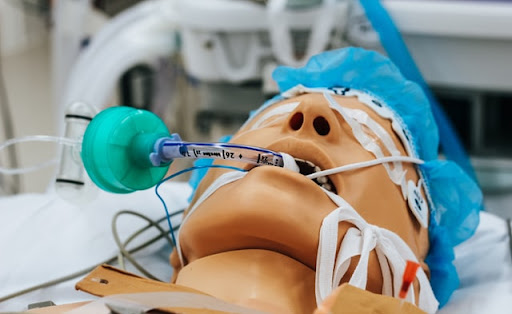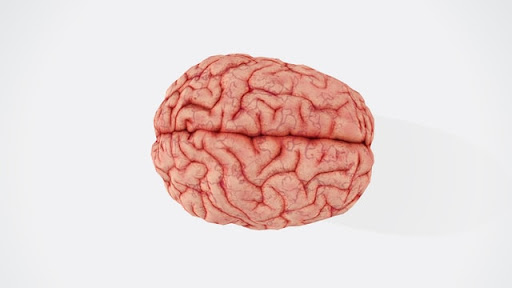A 34-year-old man trapped in a pseudocoma was given an experimental brain implant that successfully allowed him to communicate with his family and doctors (Science Alert).
A pseudocoma, otherwise known as “locked-in syndrome,” is a condition in which a person is fully conscious but unable to move or communicate, and can be extreme enough to prevent even their eyes from moving. Those with the condition are still able to hear, feel, taste, and see while remaining unresponsive. Locked-in syndrome is rare, but can occur as a result of amyotrophic lateral sclerosis (ALS) (Science Alert).

One man who developed locked-in syndrome after a battle with ALS was beginning to lose the ability to move his eyes, his only means of communication, when he was presented with an opportunity to undergo an experimental procedure which may once again grant him the ability to communicate. The man consented to the procedure and was given two microchip implants to the part of his brain which controls voluntary muscle movement. The microchip would interpret conscious attempts to move and translate those signals into “yes” or “no” options (Science Alert).
After the procedure and some months of training, the man was able to communicate “yes” and “no” with 80 percent accuracy. Longer messages would take several minutes to create, but the mere ability to do so was considered a success by the scientists involved (Science Alert).
The man’s first full phrase was a “thank you” to Niels Birbaumer the lead neurologist. Following phrases included requests for a head massage and to listen to an album by the band Tool. 462 days after the procedure, the patient said his biggest wish is a new bed and to go with his loved ones to a barbecue the next day (Science Alert).
First author of the study, Ujwal Chaudhary, told the Guardian, “If someone is forming sentences like this, I would say it is positive. Even if it is not positive, it is not negative (the Guardian)”.

ALS is a rare disease that affects 5.2 in every 100,000 people in the United States. The majority of cases occur in people ages 55-75, though rare cases can occur at younger ages. As of right now, scientists are unsure what causes the disease and do not have a cure for the disease. Some believe that those who are genetically at risk for ALS start having symptoms after being exposed to a “trigger” such as a toxin in the environment (WebMD).
While the procedure is a huge step towards helping those with locked-in-syndrome to communicate again, there is still a long way to go in treating those who have ALS.
Written by: Matthew Jenkins
Date: May 16, 2022
Sources:
